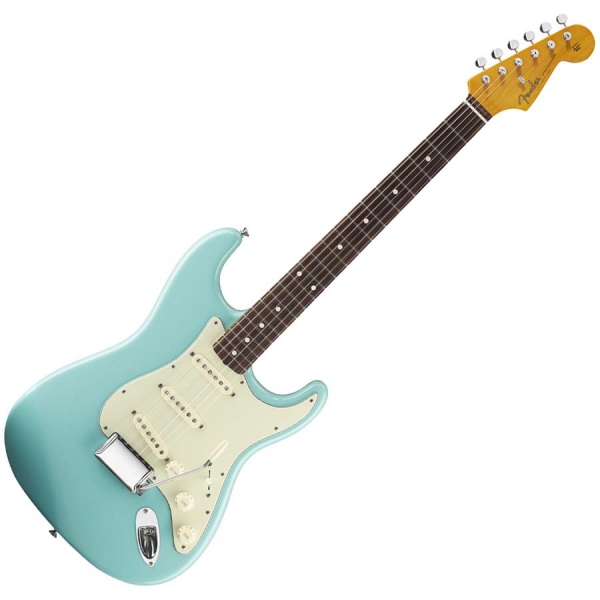I’m a total music geek. I love listening to music, talking about music, reading about music, thinking about music, and pontificating about about the magic and influence of certain bands, songs, playing styles, production techniques and the general impact that music has had had on me, and on popular culture in general.
So, when my friend James turned me onto a Spotify podcast called 60 Songs that Explain ’90s, I was pretty intrigued. Not so much because I was a huge fan of 90s music, but because it’s so well narrated.
Music critic/journalist Rob Harvilla does an absolutely amazing job documenting not just these 60 songs and why they were important; he actually brings you into the era and reminds you of what is was like to grow up with rock and roll, no matter which decade it was that you came of age.
Funny thing, by the mid 90s, I wasn’t listening to very much “popular” music, and I’m not even all that familiar with a lot of the songs on this list. Some of them do hit my own listening history pretty hard, but it’s not even about that. However, I’m totally intrigued by this podcast.
Rob’s incredibly candid narration style is so easy to relate to, that even though I’m not really into some of these bands, I can totally relate to his hilarious, right-on-the-mark style. And it’s just so darn entertaining; even more so when he talks about the bands I DID listen to.
The 90s were an interesting musical era. In many ways that decade was the pinnacle of everything that had been building in popular music with regards to the sonic quality, songwriting and recording technology over the past 30-40 years. The “production perfection” of the 80s had hit the roof, and the available musical genres were so locked in, that the only place to go was outwards and backwards.
The 90s was a time of both “de-evolution” and “stylistic expansion”, with rock and roll becoming less polished and more raw, as it stripped itself back to garage band grunge and its hard rock and angst-filled punk roots.
At the same time, the 90s saw a huge explosion of musical styles fusing together. A wide range of once-separate genres began to merge in unique and often unexpected ways, creating a wildly diverse palette of sonic possibilities.
In addition, the 90s were when electronic music began to take hold in a big way with house and techno music. Even classic rock bands and guitarists like Jeff Beck began experiment with beat box rhythms, samples and techno sounds on their 90s albums.
Another important aspect about the 90s, it was the last decade before streaming, so it was the end of the golden era of albums, when people still bought hard copies of music.
There’s a huge ownership factor when you actually purchase a vinyl record or a CD, or even a cassette that lives in your car. It symbolizes an actual investment in that particular bands or artist, and that translates to a heightened level of fan dedication, or at least a listening experience that’s different from what we have today. I won’t say it’s better or worse, but there’s no denying that the music business has transformed in a huge way since the 90s.
There’s such a great variety of songs and musical styles in this podcast series, and as I’m experiencing, it’s just as entertaining to listen to the episodes of songs/bands I DON’T know very well, as it is with the songs I do know.
If you love rock and popular music, if you remember even some of the music of the 90s, or if you just want to be entertained by a really sharp, and funny podcast, then I highly recommend checking out 60 Songs that Explain ’90s. If you’re not on Spotify, you can listen to a few episodes for free, even if you don’t sign up.

